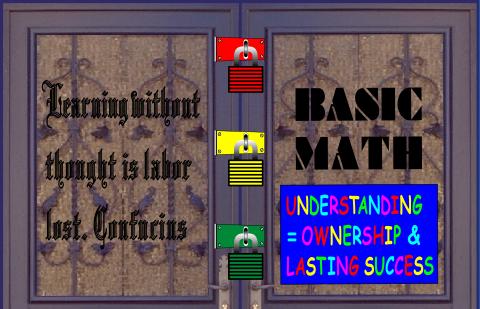 |
||||||||||||||||||||
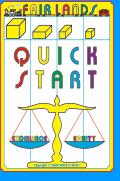 |
||||||||||||||||||||
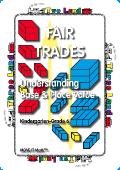 |
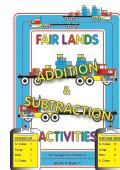 |
|||||||||||||||||||
 |
 |
|||||||||||||||||||
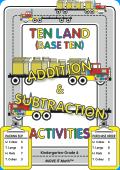 |
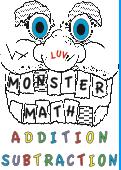 |
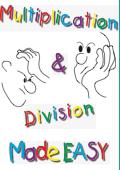 |
||||||||||||||||||
 |
||||||||||||||||||||
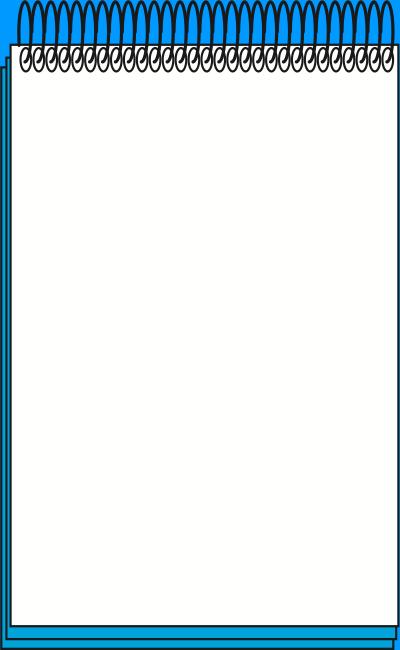








Importing & Exporting Activities in Fair Lands™ for Teaching Addition & Subtraction
Over 100 directed activities on importing (adding) and exporting (subtracting) in different bases using the Fair Lands™ blocks (Two Land or base 2 and Three Land or base 3), Ten Land (base 10) blocks, and counters. Emphasizes understanding.
Models addition as fair trades “up” by requiring that so many of one thing all the same must be traded for one of the next bigger thing. Models subtraction as fair trades “down” by requiring the opposite. In making fair trades up and down, students learn the essence of how numbers are added and subtracted in a place value numeration system.
Best used over several grades.
Grades 1-6, 122 pages of reproducible black-line masters with permission to duplicate and 16 pages of answers.
Available only from this website.
Fair Lands™ QUICK START
A tutorial on Fair Trades Up, Fair Trades Down, importing in Two Land, Three Land, and Ten Land, and exporting in Two Land, Three Land, and Ten Land. If a picture is worth a thousand words, this little booklet is worth a dictionary. No wordy lectures. Everything explained with pictures of blocks on activity boards. Includes examples of recording after a trade.
FREE Downloadable e-book. Available only from this website.
Fair Lands™ Blocks
Multi-base arithmetic blocks for base 2 and base 3 out to seven places. Scored to illustrate the structure of a place value numeration system: that base 2 is based (or built) on 2: each digit to the immediate left of another digit is exactly twice the value of that digit. This relationship is shown with the red or Two Land blocks by having two the same make the next bigger block. Likewise, base 3 is based on 3: each digit to the immediate left of another digit is exactly three times the value of that digit. This relationship is shown with the blue or Three Land blocks by having three the same make the next bigger block.
Mini-center of Two Land blocks: 8 Unit Cubes, 5 Longs, 4 Flats, 3 Super Cubes, 3 Super Longs, 3 Super Flats, and 1 Mega Cube (27 blocks total) from 1cm3 to 4cm3 by doubling.
Mini-center of Three Land blocks: 10 Unit Cubes, 6 Longs, 5 Flats, 5 Super Cubes, 5 Super Longs, 5 Super Flats, and 1 Mega Cube (37 blocks total) from 1cm3 to 9cm3 by tripling.
Suitable for all grades, including adult classes, but with sensitivity so as not to insult.
Available only from this website.
Ten Land (base 10) Blocks
Arithmetic blocks for base 10 out to four places—only four because the blocks get too big after that. (A Mega Cube—literally, a million Unit Cubes—would be a cubic meter.) Scored to illustrate the nature of base 10 numeration: that each digit to the immediate left of another digit is exactly ten times the value of that digit (just like on the odometer of a car). This relationship is shown with the Ten Land blocks by having ten the same make the next bigger block.
True base 10 blocks showing that base 10 numeration is literally based (or built) on 10: 10 unit cubes make a long (or ten rod), 10 longs make a flat (or hundred flat), and 10 flats make a cube (or thousand block). Different entirely from base 10 place value blocks (even though called base 10 blocks) where the flat is made of 100 unit cubes and the cube is made of 1000 unit cubes.
Mini-center of Ten Land blocks: 40 Unit Cubes, 20 Longs, 10 Flats, and 1 Super Cube (71 blocks total) from 1 cm x 1 cm x 1 cm to 10 cm x 10 cm x 10 cm.
Suitable for all grades, including adult classes, but with sensitivity so as not to insult.
Available only from this website.
Snap Cubes
Colored counters are readily available in most pantries. Just about anything that can be sorted by size or color will do, like colored macaroni, different kinds of beans, or certain kinds of cereal. Cereal is risky, though, because of its tastiness.
The Multilink Cubes in the picture are available from ETA/hand2mind.

Fair Trades: Understanding Base & Place Value
Activities on making Fair Trades Up (a readiness game for adding) and Fair Trades Down (a readiness game for subtracting) in different “lands.” When students can make fair trades up or down in any land with or without blocks or counters, they will have learned that the number determining a fair trade in a land is the base of the land. Adding and subtracting in base ten arithmetic then become meaningful. Adding is just Fair Trades Up in Ten Land where ten things the same must be traded for one of the next bigger thing, and subtracting is just Fair Trades Down in Ten Land where something is traded for ten of the next smaller things.
Students encounter lots of different lands in daily living. They need to learn to account for that when working in those lands. For example, 2 feet, 9 inches + 9 inches (in Twelve Land) = 3 feet, 6 inches, not 3 feet, 8 inches, and 3 weeks, 1 day less 6 days (in Seven Land) = 2 weeks, 2 days, not 2 weeks, 5 days.
Grades K-6, 109 pages. Best used over several grades.
Available only from this website.

Multiplication and Division Made EASY
Templates for non-traditional algorithms for multiplication and division that are
• easy to teach and learn,
• stress free in that users can take a break in the middle of a problem and come back where they left off, and
• pinpoint what went wrong in a problem in the event of an error.
Videos of the algorithms in use may be seen on YouTube. For a better way to multiply, check out Stair Step Multiplication based on Napier's Bones and Lattice Multiplication.
Grades K-9, 21 pages. Best used over several grades.
Available only from this website.

Monster Math: Addition & Subtraction
Mini-monster and monster addition problems, all with three or more addends, with and without Tap & Tally™ points. Likewise, mini-monster and monster subtraction problems, many with “carrying” across zeros, with and without Tap & Tally™ points. More than 60 solved problems in all.
Grades K-6, 26 pages. Best used over several grades.
Available only from this website.
Math Games & Activities, Vol. 1
Activities for all major topics in number, geometry, and measurement in elementary school math. More than 50 games and nearly 80 activities, worksheets, and instructional aids, many for early childhood. Diagnostic/prescriptive games for whole number arithmetic.
Answers, permission to duplicate, more than 100 pages of concise, easy-to-find instructions, and lots of examples and illustrations.
Available from this website or Pearson Learning.
Think Links: Whole Numbers
Maintenance activities on whole number arithmetic in a game-like format. Includes calculator exercises. Answers for hundreds of problems in the activities themselves.
Ideal for small groups and learning centers.
Grades 1-4, 57 pages of reproducible black-line masters with permission to duplicate, $10.50.
Available only from this website.
Ten Land (Base Ten) Addition & Subtraction Activities
Hands-on addition and subtraction activities with Ten Land (base 10) blocks. Addition is modeled as an importing even, subtraction as an exporting event. Sequences from no recording to recording just answers to recording all trades and answers. Includes answers.
Grades K-6, 72 pages. Best used over several grades
Available only from this website.